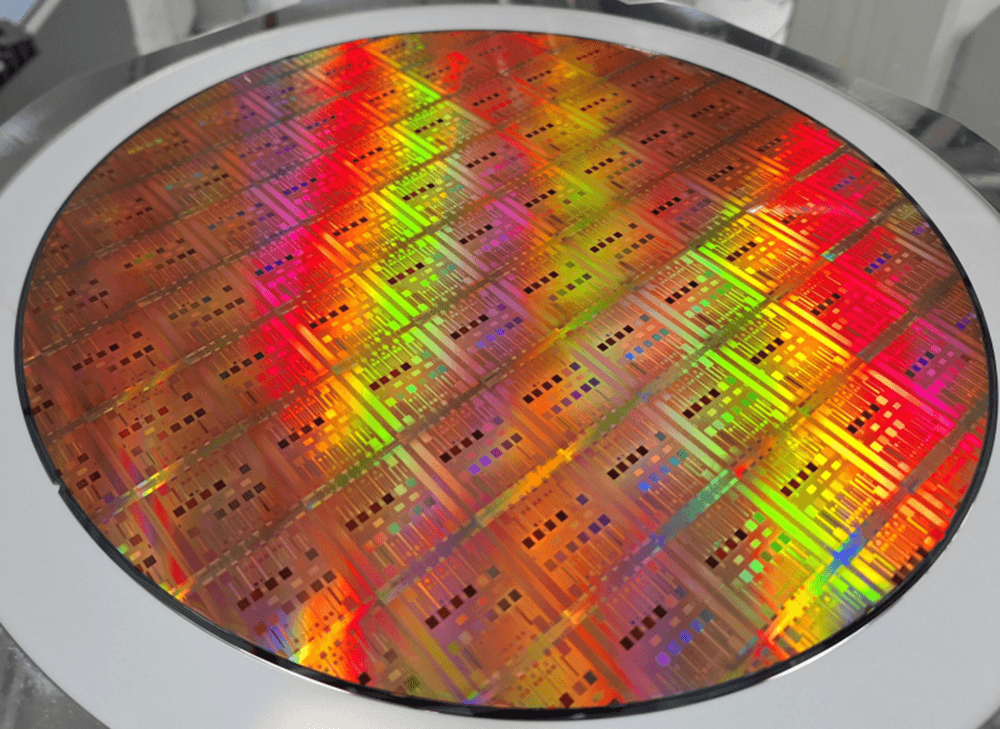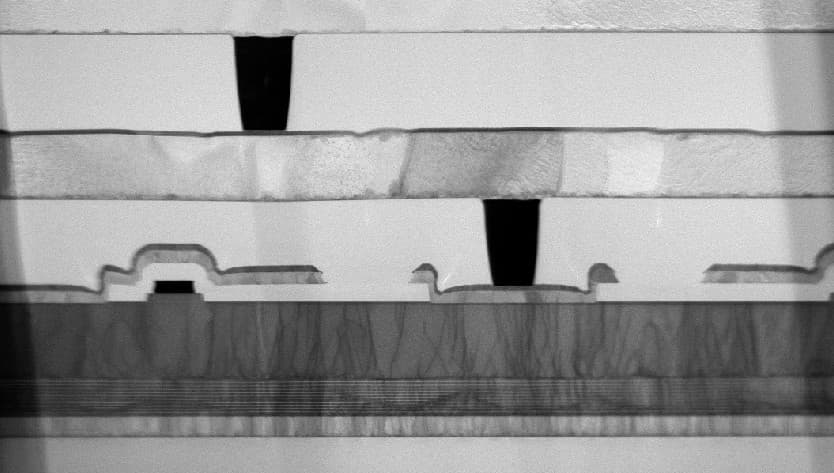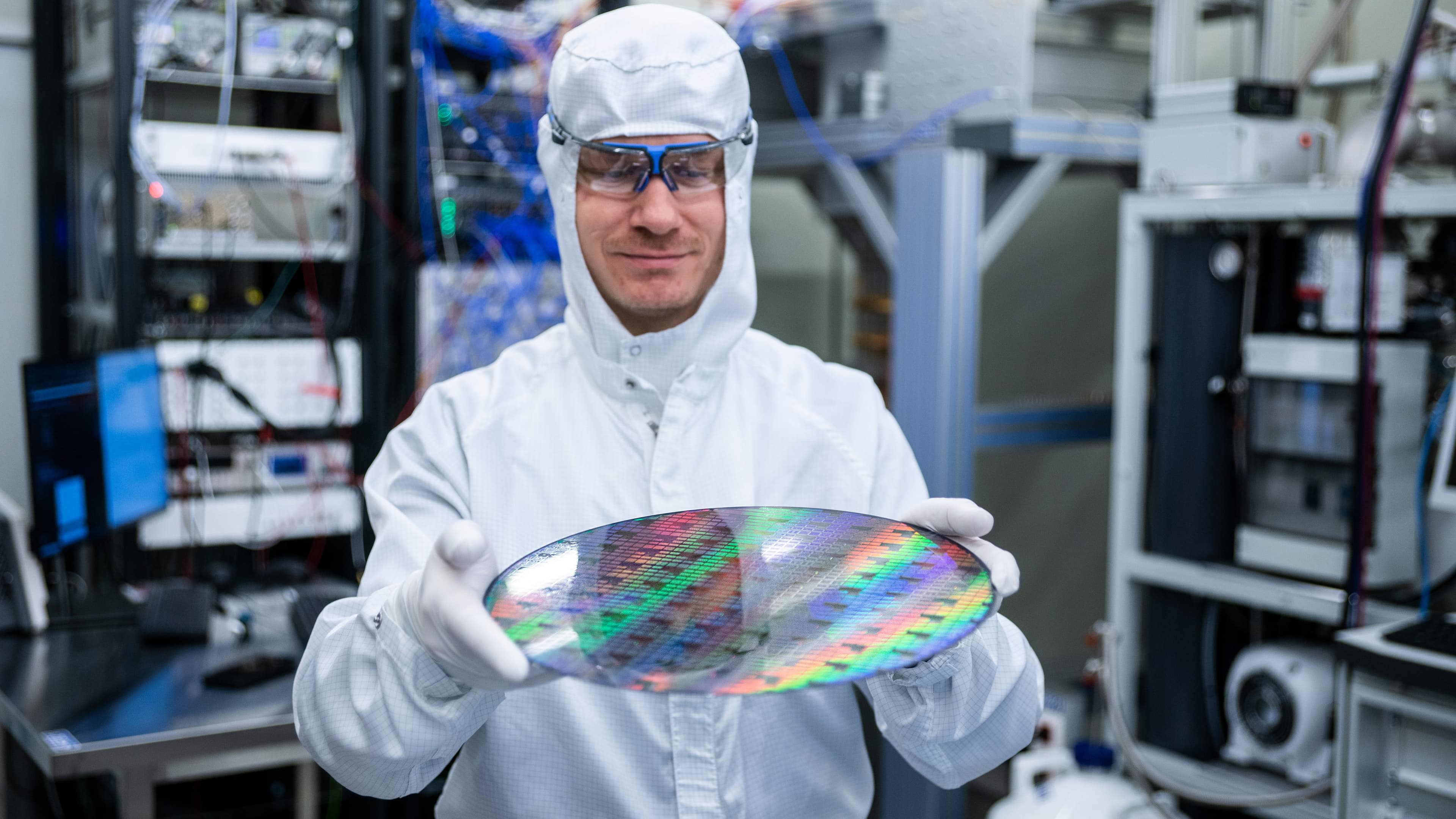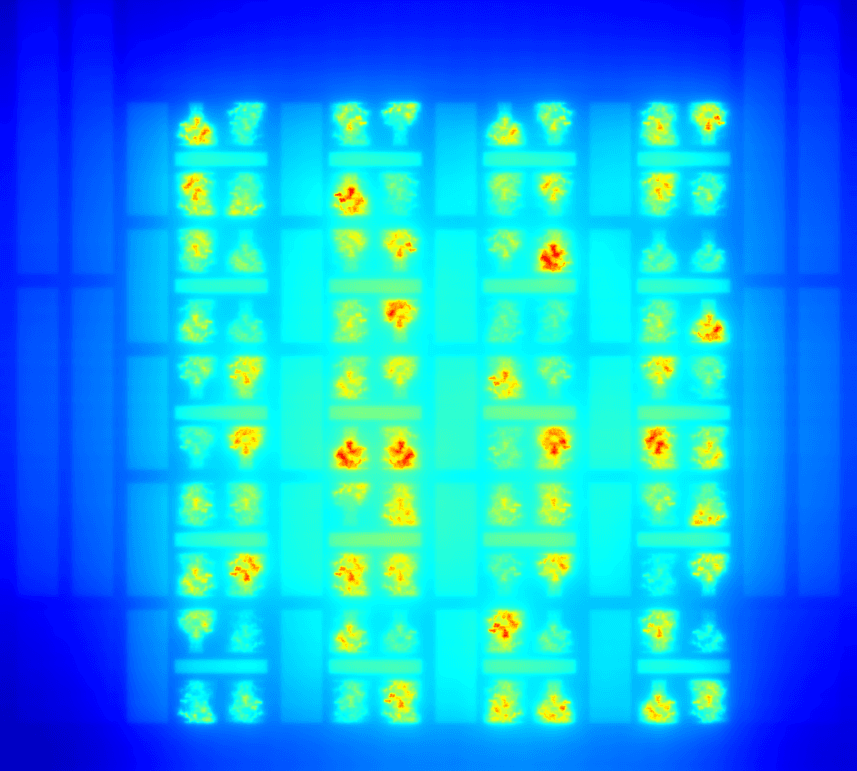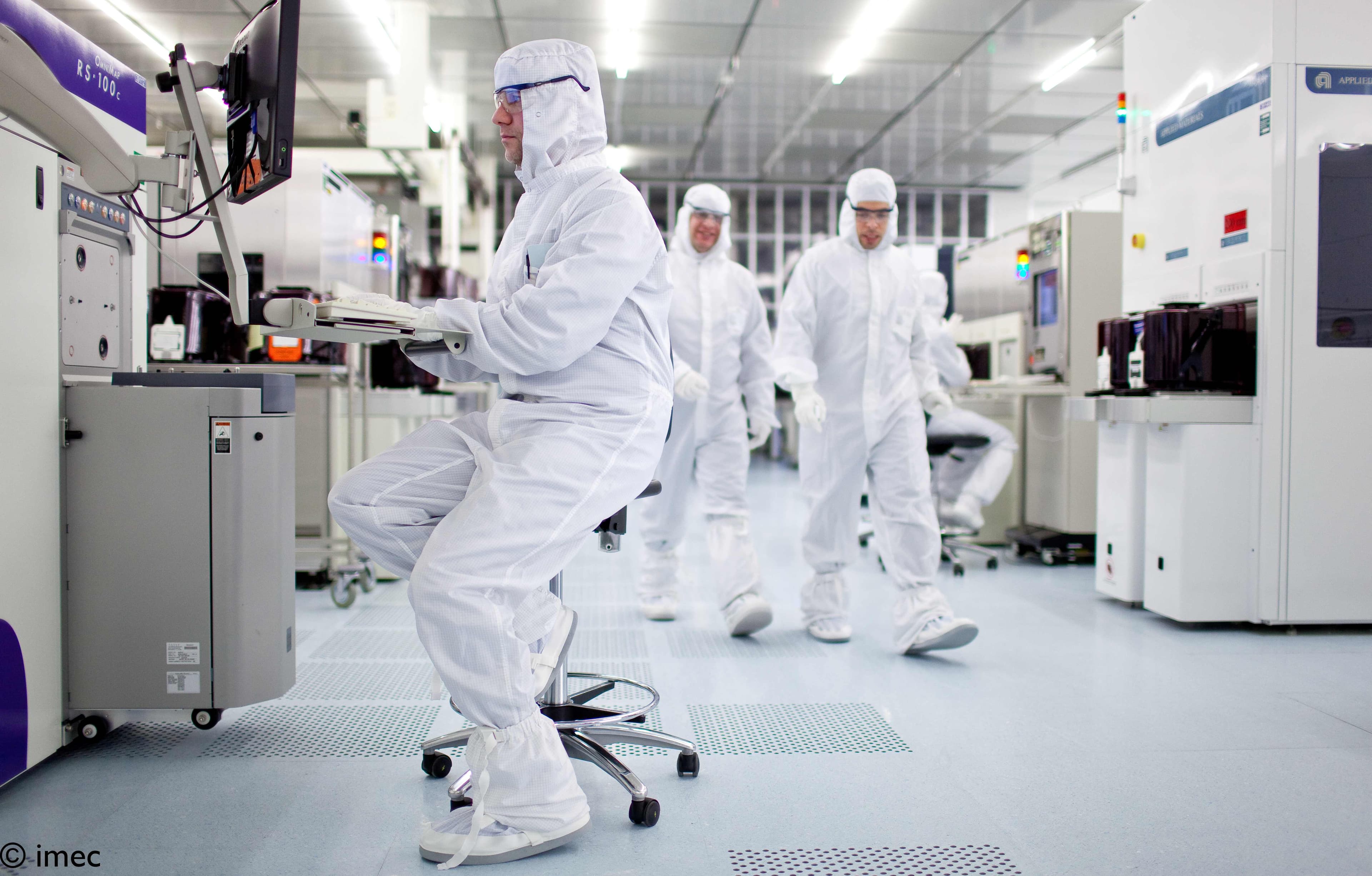Hybrid connected warehouses: improving operations and efficiency
Efficient warehouse operations are the cornerstone of reliable logistics – whether its ensuring your online purchase is delivered on time or maintaining the supply chain for a multi-billion-dollar industry. Automated warehouses streamline operations and cut costs, but currently fall short of their ultimate potential due to the difficulty of implementing true connectivity in a challenging environment.
The HYCOWARE project aimed to unlock the connected warehousing market through novel, low-cost wirelessly-connected products that can be easily deployed or integrated with existing solutions. Leveraging the Internet of Things (IoT), it explored ways to link products from multiple export-oriented service providers in an interoperable, cost-effective solution for all automated warehouse needs. Such a multi-vendor solution could allow traditional warehouses to evolve over time into connected warehouses that collect data from all connected sources, regardless of their brand.
“Warehouses are an extremely tricky environment for reliable RF communication. The warehouses themselves are effectively forests of steel structures, leading to multiple reflections and shielding. On top of that, they can house all kinds of products that absorb RF signals. So, while IoT technologies are really starting to take off in the home, they have not yet been widely adopted in warehouses,” Rudi Vanhoutte of Dematic, an industrial partner in the HYCOWARE project.
“Many companies have some RFID systems in their warehouse, but they have quite limited capabilities. They just track products at certain locations e.g. when entering or leaving the warehouse. If something goes wrong in between, it takes a lot of time and effort to find them. With more and better connectivity, we could do so much more – tracking products everywhere in the warehouse and even beyond on their journey to the client,” adds Pieter Suanet of Aucxis.
“Operators are needed to move the trolleys and goods and to resolve issues when they arise. Localization information is only sparsely available and the time it takes to identify and resolve issues is obstructing an efficient flow within the warehouse. This process can be improved when more information on the whereabouts of all goods and trolleys is available, combined with information on the warehouse management system. In this way, the flow will be more efficient and issues can be identified at an early stage. Making this information available to operators in the field in real-time, with tasks assigned efficiently has great impact on the overall efficiency within the warehouse process and goods flow,” says Daan Roks, CTO at Intation.
To address this issue, the HYCOWARE project focused on exploring innovative connected products, low-cost wireless networking, localization and ‘plug-and-produce’ connected goods, devices and people.
The outcomes
1. One technology is not enough
The project partners explored and developed prototypes for four novel connected products, including a conveyor system, an always-connected shuttle for storing goods, advanced tracking tags and an augmented reality system for operators. “Step 1 was to assess the available communication technologies to see how they perform in the warehouse environment. It quickly became clear that no one RF technology can do everything. For example, we have created a hybrid approach for the tracking tags combining RFID, Bluetooth low energy and LoRa,” explains research lead Jeroen Hoebeke. Also the easy roll-out and interoperability received much attention. To test and verify the prototypes, the project partners integrated them into two use cases at industrial sites.
2. Use case 1: flower auction
The first use case is a global flower auction. This comprises some 300,000 trolleys for storing and transporting flowers, located at the auction and customer sites. Trolleys are continuously tracked via the hybrid tag. For example, in areas of critical handling it is vital to know the trolleys’ location very accurately and here BLE-based Angle-of-Arrival is used. In storage areas, it is An imec.icon research project | project results HYCOWARE Hybrid connected warehouses: improving operations and efficiencyICT enough to know which sector a trolley is in, and this is done via multilateration with BLE beacons, optimized to work with limited prior knowledge. Detection at dedicated locations like warehouse entrance and exit is done with UHF RFID. Outside the warehouse, LoRaWAN technology is used to follow the trolleys to customer locations with accuracies as low as 100m using a novel localization algorithm . Based on this localization, operators are provided with the trolley’s whereabouts, the best route to it and their next action via a novel augmented reality application on their HoloLens headset or a dedicated application on mobile devices like a tablet or smartphone. Sites equipped with a conveyor system, can benefit from the conveyor’s new capabilities to be tracked, interact with the operators in real-time based on location info and to provide operator feedback. To enable a fast roll-out of all these systems and achieve interoperability of sensing, actuation and localization data, the possibility of using LwM2M - a novel IoT device management standard - has been explored and its benefits demonstrated. The management systems use REST API’s to integrate the different systems for communication, making information available throughout from top to bottom.
3. Use case 2: communicating with moving vehicles
Many existing technologies are optimized for communicating with static objects. The project’s second use case demonstrates how these technologies can be used to communicate with moving vehicles. This test installation uses the time-slot channel hopping protocol of IEEE 802.15.4e to communicate with autonomous shuttles, handing over communication between different base stations as the shuttle moves from sector to sector within the warehouse. Also here, the connected operator comes into play, for instance for performing maintenance tasks.
Video
Download leaflet
HYCOWARE
Hybrid connected warehouses.
HYCOWARE is an imec.icon project funded by imec and IWT.
It started on 01.04.2016 and is set to run until 31.05.2018.
Project information
Industry
- Aucxis
- EGEMIN
- Intation
Research
- imec - IBCN - UGent
- imec - WAVES - UGent
Contact
- Project Lead: Wim Van Betsbrugge
- Research Lead: Jeroen Hoebeke
- Innovation Manager: Stefan Van Baelen





